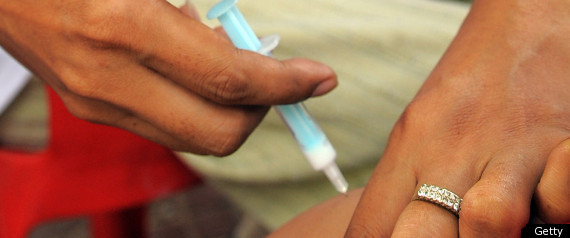David L. Chaplin II
Impunity Watch, Asia
SEOUL, South Korea – The US atrocities during the Korean War have emerged casting a shadow over the conduct of US officers and generals in command during the conflict.
The Korean War left Korea, North and South, with several million dead and the UN forces involved in the fighting with over 100,000 casualties.

Published testimonies, by BBC, of Korean survivors who recall such killings, and the candid accounts of American veterans brave enough to admit involvement open the World to American atrocities once forgotten.
The Korean War began on June 25th 1950 when communist North Korea invaded the South with six army divisions. The United States decided to intervene in the defense of the South and, taking advantage of the Soviet absence from the UN Security Council, proceeded to press for UN resolutions condemning the invasion. A resolution was passed, days later, calling upon member countries to give assistance to South Korea to repulse the attack.
The American troops who were rushed to the front line straight from occupation duty in Tokyo in July 1950 were badly led, undertrained and underprepared and quickly defeated by superior North Korean forces. North Korean guerrilla methods were too advanced for US commanders, reports BBC reporter Jeremy Williams.
The surprise attack from the North produced a refugee crisis were up to two million refugees were running across the battlefield.
Fearing North Korean infiltration, the US leadership panicked. All civilians were seen as the enemy.
As a result, on July 26th the US 8th Army, the highest level of command in Korea, issued orders to stop all Korean civilians. ‘No, repeat, no refugees will be permitted to cross battle lines at any time. Movement of all Koreans in groups will cease immediately’ reports Williams.
The same day US 8th Army delivered its stop refugee order in July 1950, up to 400 South Korean civilians gathered by the bridge were killed by US forces from the 7th Cavalry Regiment. Some were shot above the bridge, on the railroad tracks. Others were strafed by US planes. Local survivors say more were killed under the arches in an ordeal that lasted for three days.
‘The floor under the bridge was a mixture of gravel and sand. People clawed with their bare hands to make holes to hide in,’ recalls survivor Yang Hae Chan. ‘Other people piled up the dead like a barricade, and hid behind the bodies as a shield against the bullets.’
Corroborating the Korean survivors’ testimony are the accounts of 35 veterans of the 7th Cavalry Regiment who recall events at No Gun Ri.
‘There was a lieutenant screaming like a madman, fire on everything, kills ’em all,’ recalls 7th Cavalry veteran Joe Jackman. ‘I didn’t know if they were soldiers or what. Kids, there was kids out there, it didn’t matter what it was, eight to 80, blind, crippled or crazy, they shot ’em all’ said Jackman.
The killings discovered at No Gun Ri mark one of the largest single massacres of civilians by American forces in the 20th century.
For more information, please see:
BBC – Kill ’em All: The American Military in Korea – 17 February 2011
Global Research – The Korean War: The “Unknown War”. The Coverup of US War Crimes – 16 March 2011
New York Times – Korean War Panel Finds U.S. Attacks on Civilians – 9 July 2009


